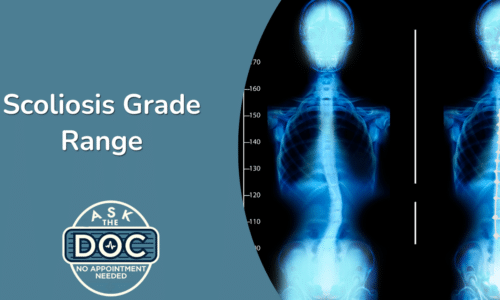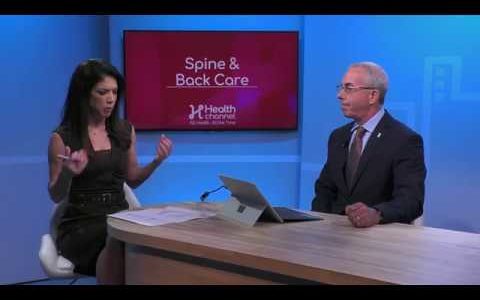Diagnosing Back Pain |
Herniated discs are part of back pain, but it doesn’t mean degeneration disc is the only cause of back pain. Dr. Georgiy Brusovanik, Spine Surgeon with Baptist Health South Florida, explains how he diagnoses back pain and the most common causes.
Transcript
Bernier did dis that’s part of back pain – it is okay it is now a lot of patients will walk into my office and I’ll say what’s the problem they’ll say I have a herniated l4 five discs or have a disc bulge okay so that’s it sounds like a diagnosis but it’s not okay because we all have disc degeneration all the discs will degenerate H you got it it doesn’t mean that that disc is the cause of your pain so there’s one more step that we need to take besides just seeing an MRI and reading a report that says three or four discs are not normal that’s not enough we need to know which is the very disc that causes the problem now Woodlief that may not be that difficult because he has extremely pain now let’s say that pain goes to the back of the thigh back of the calf bottom of the foot now I know that that’s the distribution of the s-1 nerve root nerve root not actual nerve this is the part that just access the spine now look nerves come from your brain they go through the spine out into the extremities if you compress the nerve in the extremities you’ll have pain going in the direction of where that nerve travels if that nerve is compressed even more that pain will become numbness if that nerve is compressed more still the numbness will become weakness right but with extremity pain you could just trace that nerve back to the disk that’s causing the problem and to answer your question discs usually are the main source of our troubles but it’s not enough to say or have three bad discs usually it’s one level Y disc that’s causing all of the problem you








